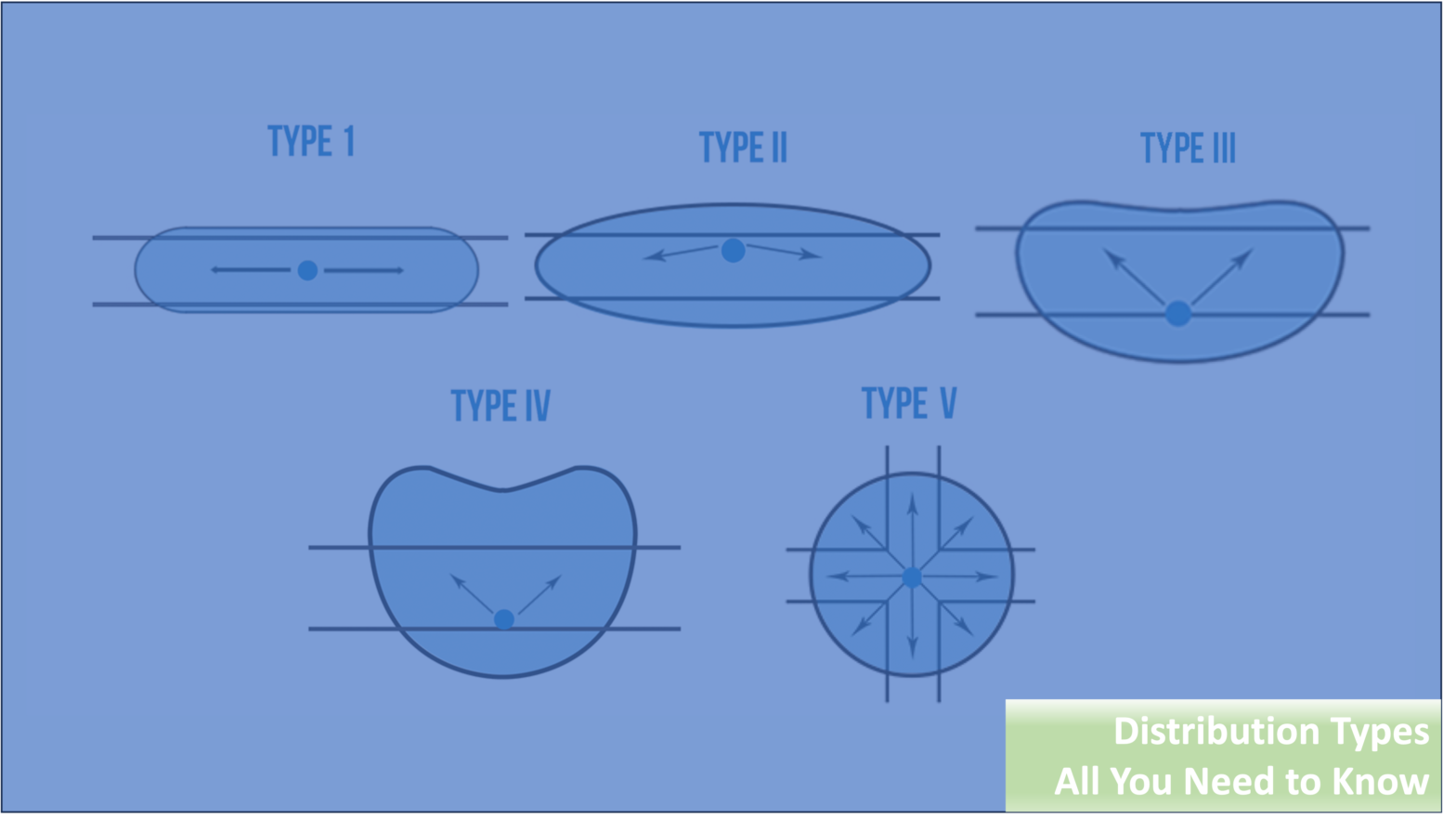In a world where sustainable solutions are more than just a trend, LED lights take center stage. LED lighting, with its astounding benefits, is gradually replacing conventional incandescent bulbs and fluorescent lights. As a frontrunner in the energy sector, Energywise Solutions brings you an all-inclusive guide on the key factors to consider when choosing these marvels of modern technology. Understanding the future of LED lights and the pivotal role they play in today’s world is our primary goal. In this blog, we will discuss in detail the 10 things to consider when choosing LED lights.
Table of contents
10 Things to Consider When Choosing LED Lights
Which Type of LED Lights are Better?
Quality and Efficiency
In the vast market of LED lights, quality and efficiency serve as distinguishing factors. LED lights with higher efficiency ratings ensure maximum light output per watt, leading to decreased energy consumption. Quality LEDs maintain a consistent light output throughout their lifespan, providing reliable and unchanging illumination.
Color Temperature
Color temperature refers to the specific tint of white light an LED produces. Cooler temperatures yield a bluish-white light, creating a vibrant, energetic atmosphere. Conversely, warmer temperatures generate a yellowish-white light, lending a cozy, inviting ambiance. The selection hinges on the mood and setting you wish to construct.
Color Rendering Index (CRI)
The CRI measures a light source’s ability to replicate the true color of objects in comparison to a natural light source. LEDs with higher CRI ratings produce more authentic and lively colors, enhancing overall visual perception and contributing to more accurate visuals.
What are the Qualities of LED Lights?
Durability
LEDs’ durability sets them apart from traditional lights. As solid-state devices, they lack delicate filaments or tubes that can easily break, making them more resistant to shock, vibrations, and external impacts. This resilience translates to an extended lifespan and lesser instances of replacement.
Instant Lighting
LEDs light up instantaneously, reaching full brightness the moment they’re turned on. This feature offers improved safety and convenience, particularly in situations where immediate illumination is essential.
Design Flexibility
LED lights can be combined in various shapes, enabling the production of highly efficient and tailored illumination solutions. Their flexibility in design fosters limitless possibilities for customization, catering to unique lighting requirements and creative preferences.
Eco-Friendly
LED lights are devoid of toxic elements such as mercury, often found in traditional lighting. They are 100% recyclable, aligning with environmentally friendly practices and contributing significantly to the reduction of your carbon footprint.
What is the Future of LED Lights?
Smart Lighting
With the advent of smart homes, LED lights play a vital role. LEDs can be seamlessly integrated with home automation systems, allowing remote control over brightness, color, and scheduling through your smartphone. This amalgamation of technology and lighting paves the way for a more convenient and energy-efficient lifestyle.
Energy Efficiency
As the world turns its focus to sustainable practices, the demand for energy-efficient lighting continues to escalate. LED lights, with their superior energy efficiency compared to traditional light sources, lead the way. Continuous technological advancements promise even greater efficiencies in the future.
Reduced Costs
Although the initial investment for LED lights might be higher than traditional lights, the long-term cost benefits are substantial. With longer lifespans and lower energy consumption, LEDs contribute to considerable savings over time, making them an economically wise choice.
Factors to Look At While Choosing LED Lights
As you navigate the expansive world of LED lights, these ten factors serve as critical checkpoints. Understanding which type of LED lights are superior, recognizing the impressive qualities of LED lights, and foreseeing the future of LED lights can help you make informed decisions.
What are the factors to consider?
In addition to the 10 things to consider when choosing LED lights mentioned above, you should also take into account the dimming capability, heat dissipation, beam angle, and warranty of LED lights. These attributes play significant roles in determining the appropriateness of an LED light for your specific needs.
In the quest to illuminate your world with superior quality, efficiency, and sustainability, Energywise Solutions stands as a reliable partner. We’re here to guide you through the nuances of LED lighting, empowering you with knowledge and expertise to make the best lighting decisions for your home or business.







